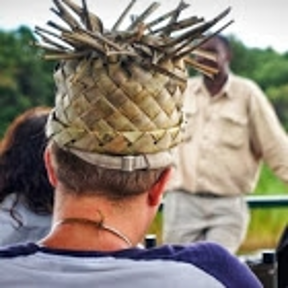Welcome to the Onshape forum! Ask questions and join in the discussions about everything Onshape.
First time visiting? Here are some places to start:- Looking for a certain topic? Check out the categories filter or use Search (upper right).
- Need support? Ask a question to our Community Support category.
- Please submit support tickets for bugs but you can request improvements in the Product Feedback category.
- Be respectful, on topic and if you see a problem, Flag it.
If you would like to contact our Community Manager personally, feel free to send a private message or an email.
Chamfering edges created by a boolean subtract
 daniel_splawski
Member Posts: 66 ✭✭
daniel_splawski
Member Posts: 66 ✭✭
How can I select and chamfer the edges created on the top and bottom planes as a result of a boolean subtract operation in feature script? In the example below I'm trying to re-create the result of the Chamfer1 operation.
https://cad.onshape.com/documents/948d1e28d836594521beb494/w/566321e3434d212e242e33eb/e/a29386f1d2087868b2fd3976
https://cad.onshape.com/documents/948d1e28d836594521beb494/w/566321e3434d212e242e33eb/e/a29386f1d2087868b2fd3976
0
Best Answer
-
 kevin_o_toole_1
Onshape Employees, Developers, HDM Posts: 565
kevin_o_toole_1
Onshape Employees, Developers, HDM Posts: 565  If you've made the hole in FeatureScript with an id of, say id + "extrude1", you can get the edges created using qCreatedBy(id + "extrude1", EntityType.EDGE)
If you've made the hole in FeatureScript with an id of, say id + "extrude1", you can get the edges created using qCreatedBy(id + "extrude1", EntityType.EDGE)
If the extrude was made outside your feature or as part of an import, there's a couple subtly different ways you want to generalize this. For your specific hole, it's enough pass in the face and do qEdgeAdjacent(definition.face, EntitytType.Edge). For a more general case, you might want to do a qHoleFaces() or a qConcaveConnectedFaces, or a qLoopBoundedFaces first.
This isn't a very in-depth answer, so post here if you have further questions!5
Answers
If the extrude was made outside your feature or as part of an import, there's a couple subtly different ways you want to generalize this. For your specific hole, it's enough pass in the face and do qEdgeAdjacent(definition.face, EntitytType.Edge). For a more general case, you might want to do a qHoleFaces() or a qConcaveConnectedFaces, or a qLoopBoundedFaces first.
This isn't a very in-depth answer, so post here if you have further questions!